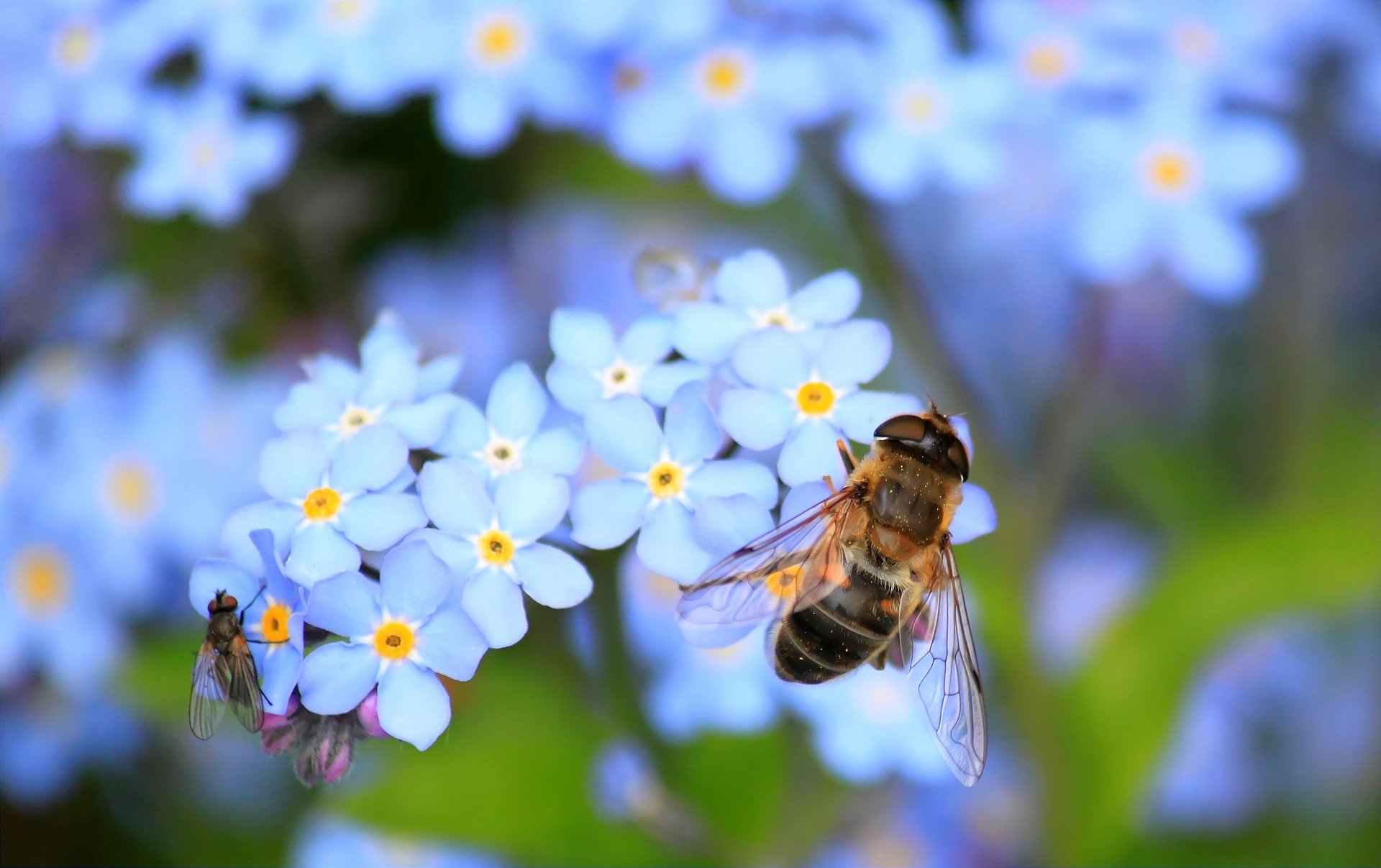I’ve been thinking a lot about the issue of non-native plants, and the column I wrote on it two weeks ago.
First, I would like to state for the record that I support nurturing native plants. It’s a great thing to do to help offset habitat destruction we’ve caused on many levels for native creatures and plants.
I need to clarify that my perspective is shaped based on personal observation. My family has lived in a valley outside Masontown for almost 30 years now. Natives — milkweed, joe pye weed, goldenrod and much more — grow abundantly here.
Among the natives thrive some non-natives, as I mentioned previously. In the eco-system where I live, these non-natives are humble, enjoyed by native and non-native pollinators (honeybees), and by me and other critters sharing the valley.
Yes, I know this lovely balance is not achieved everywhere and some non-natives are invasive. The examples I’ve seen are dealt with by applying chemicals. From what I’ve seen, this results in a losing battle. The invasive species keeps growing back and spreading, and so ever more land and plants are poisoned.
There are other control methods, and I applaud those who use them — but from the reading I’ve done, chemical free efforts are in the minority, with chemicals being the go-to.
I’d also like to touch back on what I said about non-natives and our diet. It would be fantastic to incorporate more natives into a diet (a goal I personally strive toward). While much of the food we enjoy is not native, more importantly almost all the food we enjoy relies on pollination by those awesome little non-native creatures — honeybees (at least that’s what I’ve been told in defense of their protection).
Unfortunately, they aren’t thriving presently for a variety of reasons (pesticides and herbicides, weather, etc).
There are a dizzying number of native pollinators. Still, we have set up our agriculture to rely on honey bee pollination. Our agriculture (monocultures, anyone?) could be changed to rely less on honeybees and be less destructive of native habitats.
For that change to happen, we’d have to change our habits. We have to support local farms that do not practice monoculture planting and use of chemicals. This goes beyond just the fields — when farmers mow and spray areas surrounding their crops they also eliminate native plant habitat substituting just grass or worse, bare earth.
When we destroy ecosystems (also with mining, logging, etc.) we create weakness that allows opportunistic plants to take over — and sometimes these are non-natives. I haven’t delved too far into the issue, but I’ve read persuasive arguments suggesting an ecosystem allowed to recover will restore balance in time.
While I maintain my stance that the non-native plant issue is a complex one, I reiterate that I am all for planting and protecting native species — they are important and needed.
This is especially true if you live in a heavily disturbed area, such as a town or city — plant native grasses and some milkweed.
Living surrounded by native, I myself don’t stress about planting things like daffodils and apple trees, along with native flowers and plants.
To narrow down my “it’s complicated” stance, I’ll add that non-natives can be taken on a case-by-case and ecosystem-by-ecosystem basis. Some have benefits, others not so many.
I also want to clarify that I am no expert. I’m just thinking this issue through from my own limited observations and reading. I reserve the right to change my opinion.
For the moment, I still eagerly anticipate the first spring flowers — non-natives, which the honeybees and I will enjoy together.




